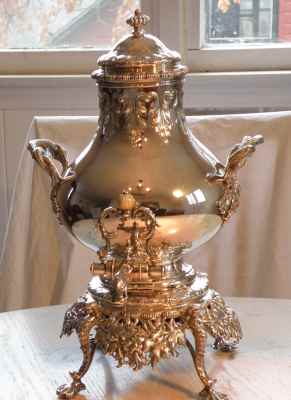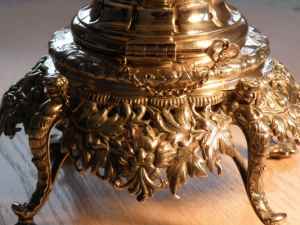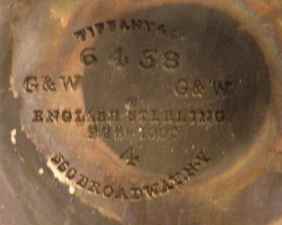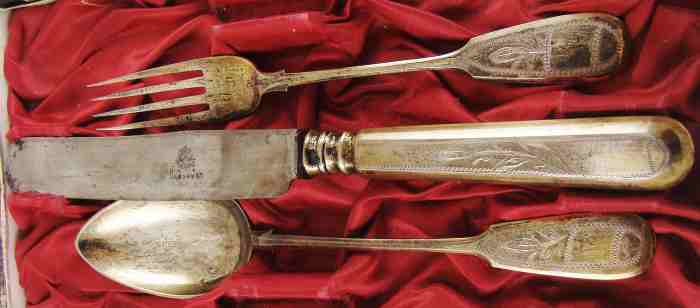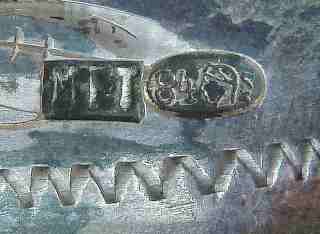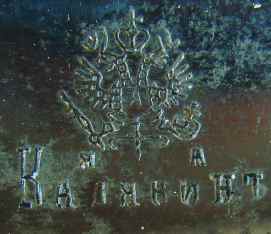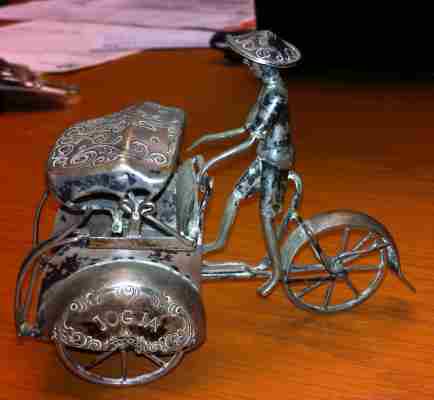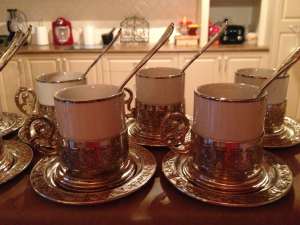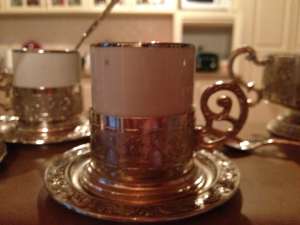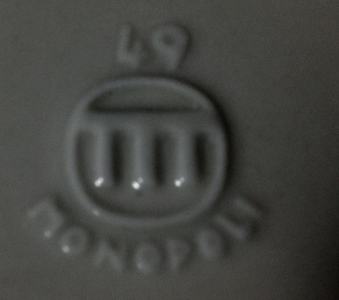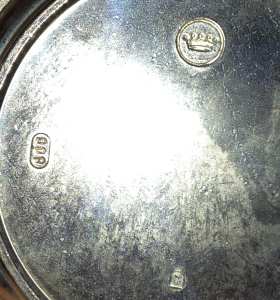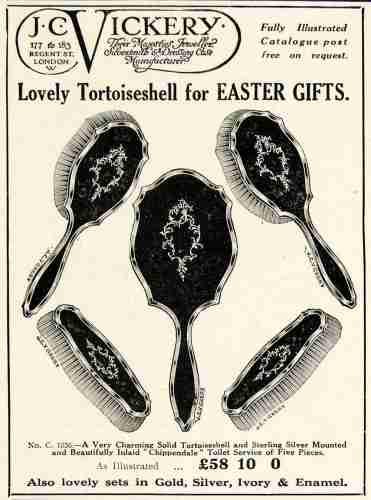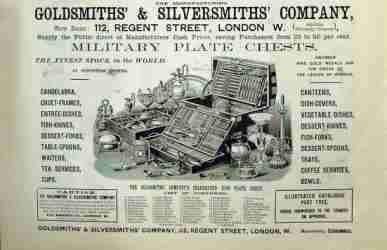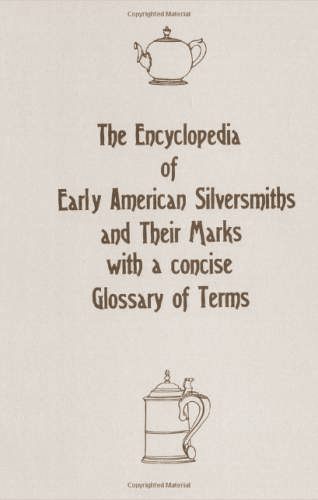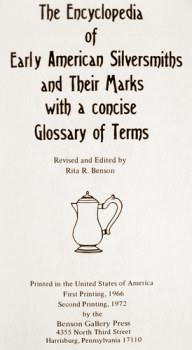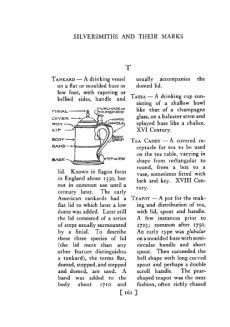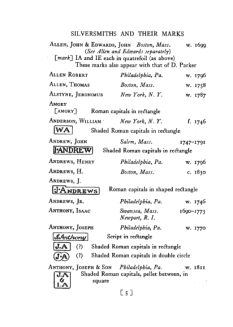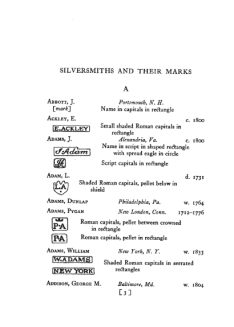 newsletter # 105 February 2013
newsletter # 105 February 2013www.ASCASonline.org SITE MAP
email: silverassociation@yahoo.it
YOUR GUIDE TO FEBRUARY NEWSLETTER:
articles
new
members
members' window
|
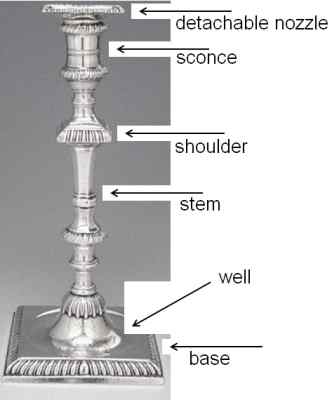
Giovanni Ciceri presents:
|
New members
Welcome to new ASCAS members:
Dan Bach - USA
Riccardo Bonardi - Italy
Kay Bryan - USA
Patreece DeArmond - USA
Thomas Griswold - USA
Truus Hazelbroek - The Netherlands
Chris Miller - USA
Yousefi Shahran - Iran
Joanne Sunderman - USA
Denise Tinkham - USA
|
top page -
page map |
Members' Window # 105
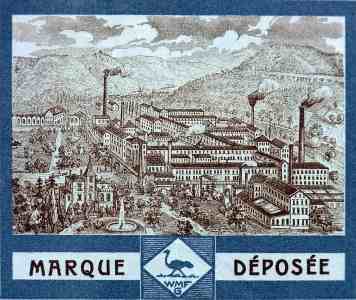
Dr. David N. Nikogosyan
presents:
|
Mail to ASCAS: e-mail silverassociation@yahoo.it
Robert Ringold writes:
... This is an item that has been in the same family for 130
years. The original owner lived next door to the Tiffany family
in NYC and it was made especially for them.
I am attempting to appraise it, but cannot yet find anything
comparable to assign a value.
Has anyone ever seen a similar urn? The stamp indicates that it
was made in 1881 or 1882. It is 17" high and weighs
approximately 3 kg.
All the best
Robert Ringold
John Lawrence writes:
... I am trying to find information about the mark on the knife
blade of a 3-piece place setting of Russian 84 silver flatware,
which shows the Russian state coat of arms above a word
translated from the Cyrillic as "Kalyakin" or "Kalyavin".
The silversmith's mark is MET, which is also a mystery. The
kokoshnik is for Moscow, with the initials for assayer Ivan
Lebedkin 1899-1903.
If anyone can help provide information about the silversmith or
the mark on the knife blade, I’d be grateful.
John Lawrence
***ANSWER PUBLISHED IN MARCH 2013 NEWSLETTER***
Alan Davis writes:
... Does anyone have any info on this piece?
It has the stamp salim 800MD on the back
Alan Davis
I believe that your piece is a "Yogya silver" made in
Yogyakarta, Java, Indonesia (after 1935 c.)
Giorgio Busetto
John Cole writes:
...Can you perhaps give me some information on this coffee set I
found some time ago in Adelaide Australia?
It consists of 12 porcelain cups with a makers mark and the name
Monopoli. There are 12 silver-plated coffee cup holders with a
Hallmark 800 and a maker's mark that is quite small and I have
yet to identify.
There are 12 silver-plated saucers each with the same hallmark.
There is one porcelain sugar bowl (same maker's mark as the cups)
with a silver-plated holder with two handles and finally 12
silver-plated spoons.
Thanks for your help,
John Cole
I'm not sure about the Italian origin of your set (the
mark on the bottom is unknown to me).
If so, your item is 800/1000 silver fineness, not silver-plate.
The maker of the cup holders could be, possibly, Petruzzi &
Branca (see my website at
http://www.silvercollection.it/italiansilvermarks2.html).
Sorry, I have no knowledge about porcelain.
Giorgio Busetto
"A PAGE per MONTH"
In this column we presents a page obtained from makers'
brochures, books, auction catalogs, advertising or whatever
other printed paper, related to silver, that may be of interest
for ASCAS members.
The images will be published at a "low resolution" level and for
private and personal use only
"A WORD per MONTH"
In this column we
present an abstract from a page of the "What is? Silver
Dictionary"
courtesy of


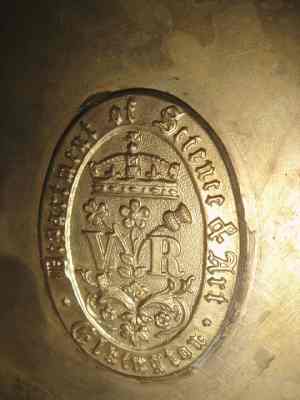
|
ELECTROTYPE (METALWORK)
|
"A SILVERSMITH per MONTH"
In this column
we present marks, information and history of silversmiths and
silver manufacturers.
This column is published under the kind permission of Giorgio
Busetto's website

THE GOLDSMITHS & SILVESMITHS CO LTDThe firm was established in
1880 by William Gibson (d. 1913) and John Lawrence
Langman (1846-1928).
|
"A BOOK ON MY SHELF"
In this column we present books, new
or ancient, dealing with silver in all its aspects (history,
marks, oddities...). This isn't a "book review" but only a fair
presentation of some useful "tools" that anyone may have in the
shelf of his bookcase.
ASCAS members are invited to contribute to this column
(click to enlarge images)
In the "book on my shelf" of this month ASCAS presents:

Custom Search
Closing our FEBRUARY 2013 edition of ASCAS Newsletter I hope you have appreciated its content.
Your comments, suggestions and advice will be of great help.
My thanks to Giovanni Ciceri, John Cole, Alan Davis, John Lawrence, Dr. David N. Nikogosyan, Robert Ringold for their precious contributions.
Giorgio Busetto
Secretary
ASCAS is a community of people having a common
interest in antique silver.
|

